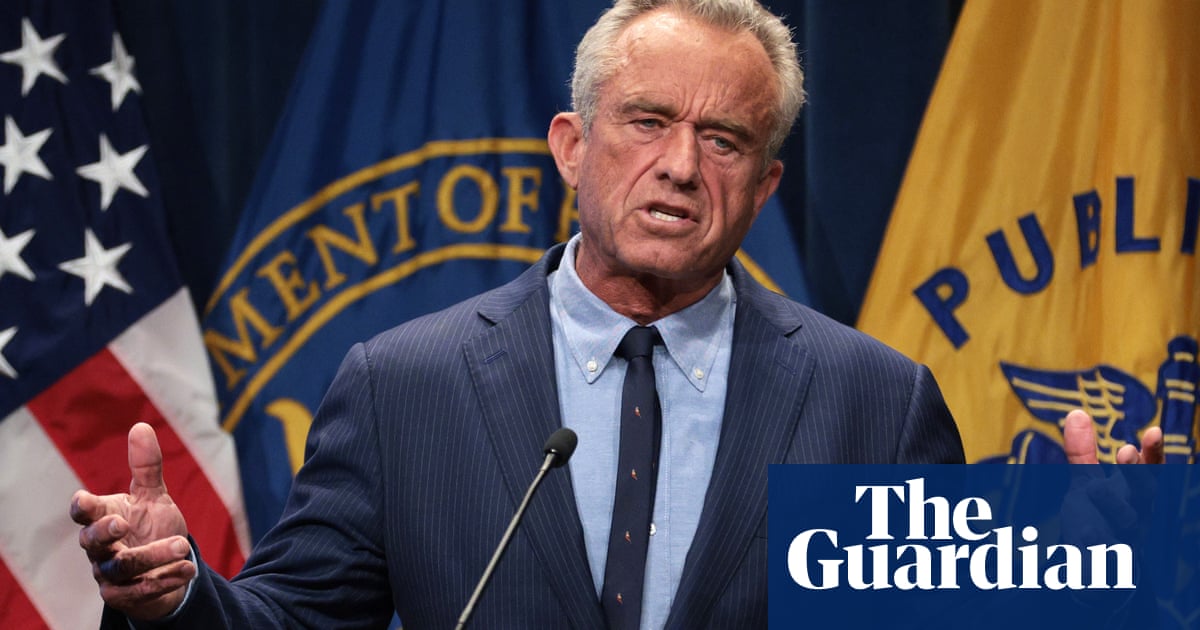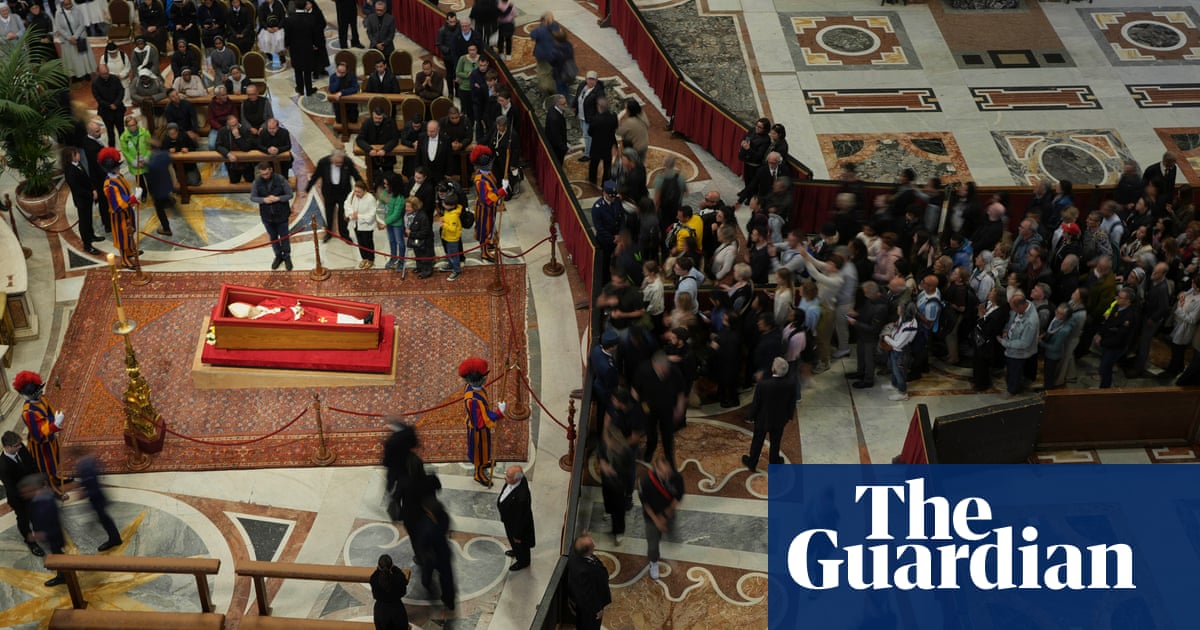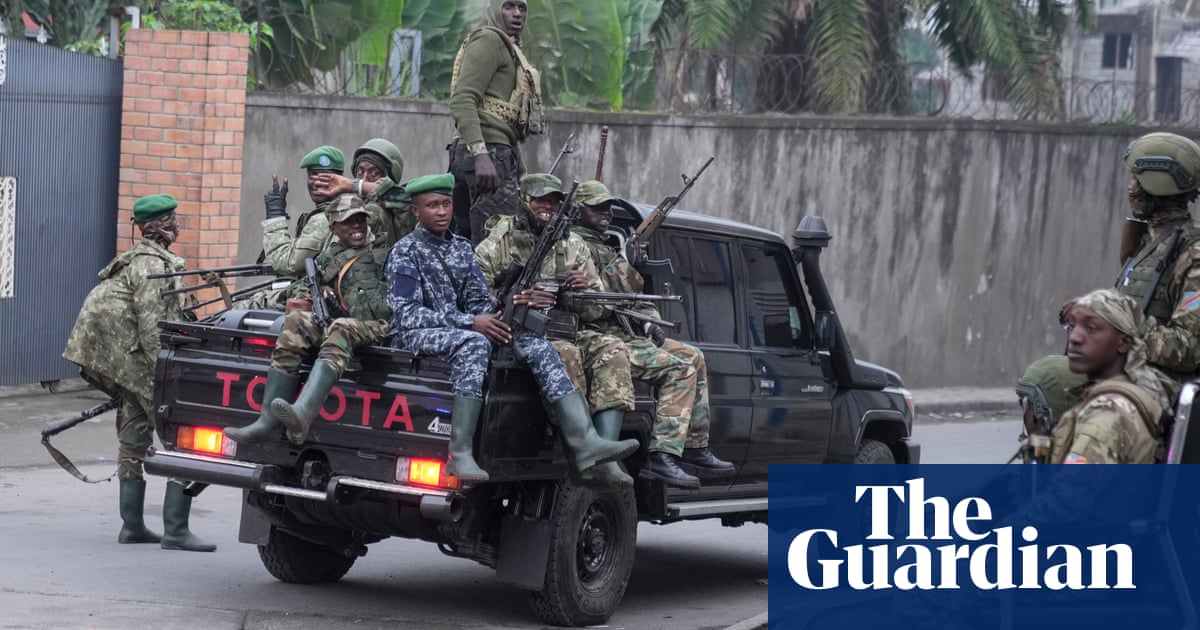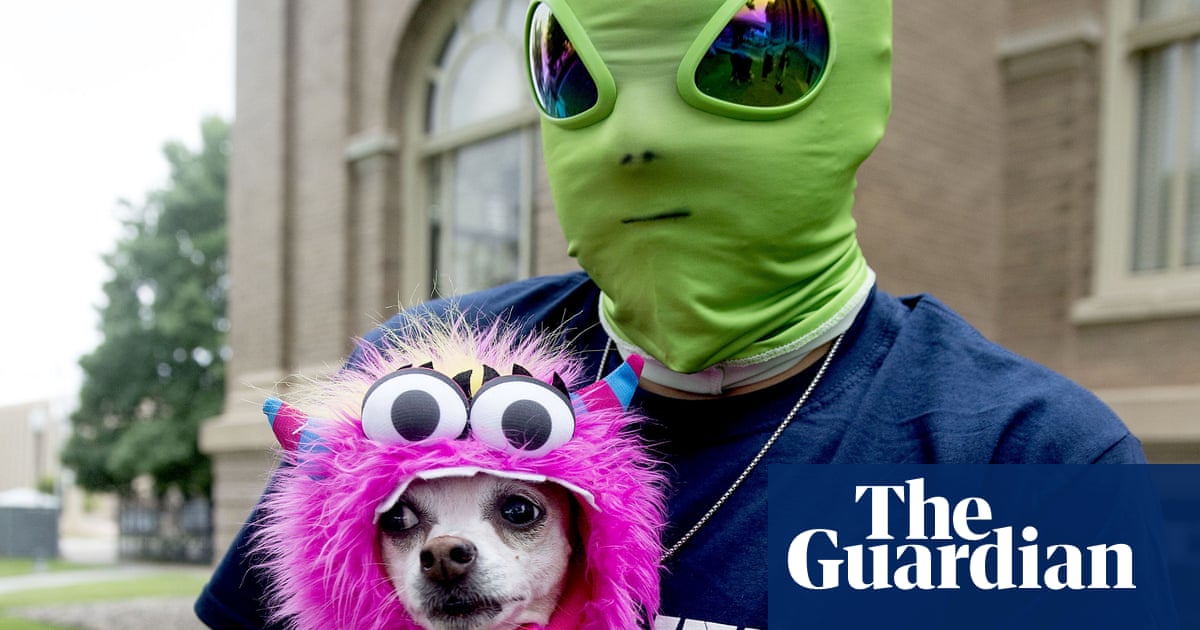Inside the Pakistan Museum of Natural History, in Islamabad, two taxidermists work on a leopard skin. They scrape away at the remaining flesh and sprinkle the underside with boric acid powder. It’s difficult to look away from the two holes where the leopard’s eyes should be.
“We ask conservation groups, if they find any dead specimen, to relay it to us so that we can preserve it and make it available to young researchers,” says Muhammad Asif Khan, the museum’s director of zoological science. “This particular leopard died from gunshot wounds in the Azad Jammu and Kashmir region,” he says.



-
Clockwise from main image: taxidermists at the Pakistan Natural History Museum work on a leopard specimen that was shot in the Azad Jammu and Kashmir region; Asif Khan holds a piece of shot; a bullet hole or shot wound can be seen in the pelt
Its death was not an isolated event. Social media is flooded with photos and videos of leopards that have been shot, poisoned or beaten to death across the country. Conservationists warn that the wave of incidents is threatening the survival in Pakistan of the species, which is considered vulnerable globally.
“The number of leopard killings has dramatically increased in the past few years,” says Muhammad Waseem from the World Wildlife Fund. Unpublished data collected by his team in 2024 indicates that 45 leopards were killed in the past five years – the same number recorded over the previous 12. “I believe rates are even higher than the data suggests,” says Waseem. “Many killings go unreported.”
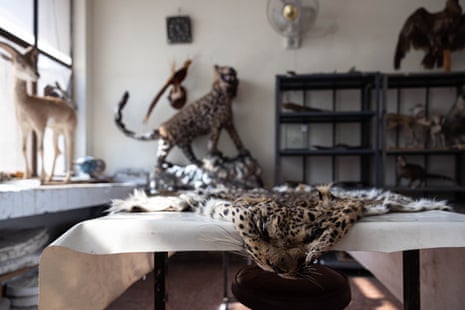
-
The museum asks conservation groups to send them any dead leopards they find so they can be preserved for research purposes
While leopards are sometimes killed for their valuable pelts, Waseem says the majority of recorded cases are acts of retaliation – triggered by attacks on people or, more frequently, their farm animals. Before the 1990s, human-leopard conflict was rare, but rapid deforestation (Pakistan’s forest now covers less than 5% of its land, compared with an international average of 31%) has pushed leopards closer to human settlements. In the Galiyat area, in the north-western province of Khyber Pakhtunkhwa, this conflict escalated dramatically in the 2000s, culminating in a rash of human fatalities. One leopard, nicknamed “the Ghost of the Galiyats” is reported to have killed six women before being trapped and killed by police in 2005.
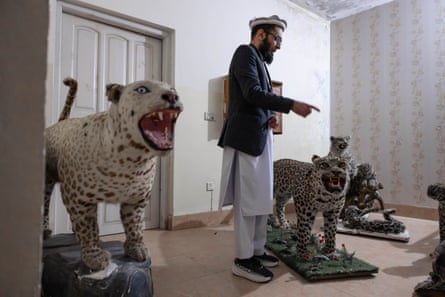
-
An official at the department of wildlife of Abbotabad shows taxidermy leopards killed by the community. The one on the left is known as the ‘Ghost of the Galiyats’; it killed six women in 2005.
Women face a heightened risk of leopard attacks. In rural communities, they are typically responsible for collecting water and firewood, a task that can require walking several kilometres through forested areas and stopping at water sources. To a leopard, these movements may resemble those of prey. Conservation groups have worked with local women and schoolchildren on how to minimise risks – for example, by travelling in groups. These efforts have significantly reduced the number of attacks on humans.

-
Farmers in a village where a leopard was recently killed say they would be ‘happy if there were no more leopards’.
Still, they haven’t stopped them entirely. Salamat Ali, a construction worker from the Galiyat region, was walking home from work three years ago when a leopard pounced on him, knocking him unconscious and tearing off part of his calf muscle. He survived, but the recovery was long. He has been unable to work since.
Leopard attacks on livestock remain widespread across Pakistan. For small-scale farmers, the financial loss can be devastating. “I would be happy if there were no leopards,” says Mohammad Yaqub, a farmer who recently lost several goats. “They are harming us.”

-
Ayubia national park, Khyber Pakhtunkhwa province


-
Left: Salamat Ali shows the injury to his leg from a leopard attack three years ago. Right: Conservationist Sajid Hussain
“Whenever a leopard attacks livestock, people become aggressive,” says Sajid Hussain, a community-based conservationist known locally as Sherwala, “the big cat guy”. For the past 20 years, he has been trying to address human-leopard conflict in and around Ayubia national park, in Khyber Pakhtunkhwa. “In my opinion, people are killing leopards because there is no proper government compensation system.”
Some provincial governments, including Khyber Pakhtunkhwa, offer compensation to victims of wildlife attacks. In practice, however, the process is intensely bureaucratic. The affected person must submit a request at the nearest wildlife office – which may be hours away – and provide proof of the attack. If their livestock were grazing in a protected forest area, they are automatically disqualified, even though some communities live inside protected zones and have no alternative grazing land. Even when compensation is granted, payments are small and can take months or even years to process. Many affected people forgo government compensation altogether, relying instead on their families and neighbours for support.



-
Women face a heightened risk of attack when collecting firewood and water. Awareness sessions (right) are held to advise them on safety measures. Main image: Samiya, now fifteen, suffered serious injuries from a leopard attack at the age of five
A key problem, Waseem explains, is that the funds come from the state’s budget for natural disasters, which is already stretched thin due to Pakistan’s susceptibility to extreme weather events. As a result, human-wildlife conflict has become a lower priority. “Besides a proper compensation system for victims of human-wildlife conflict, we need to equip our departments with a trained taskforce to deal with these issues,” he says. If leopard killings aren’t curbed, Waseem warns of a drastic population decline. The number of wild leopards left in Pakistan is unknown, but estimates suggest only a few hundred remain.
Although Pakistan’s leopard population is sparse, it spans much of the country. Even Islamabad, the capital, is home to a small population of about 10 wild leopards, which roam the Margalla Hills national park on the city’s outskirts. Proximity to urban areas makes these leopards particularly vulnerable. Despite the efforts of local environmental groups, a bullet-riddled leopard was found dead in the park less than two years ago.

-
Leopard killings have dramatically increased, according to the WWF
Islamabad is also home to the Margalla Wildlife Rescue Centre, which rehabilitates injured wildlife from across the country. In one of the enclosures, two new arrivals explore their surroundings: leopard cubs orphaned when their mother was shot. They fearlessly scale the wire mesh of the enclosure, to the amusement – and concern – of the rangers. Leopards are notoriously skilled climbers.

-
One of the leopard cubs whose mother was killed in Azad Jammu and Kashmir region
“We’ll have to fortify the enclosure before they get bigger,” says Sana Raja, who manages the centre.
“It would be great if we could release them into the wild,” says Raja. “But they were separated from their mother so young, I don’t think it will be possible. We will look after them as best we can.”
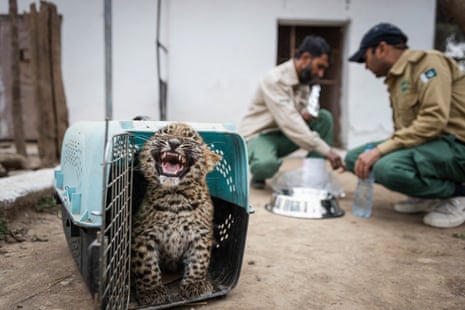
-
Staff at the Margalla Wildlife Rescue Centre prepare to feed rescued leopard cubs

.png) 2 months ago
48
2 months ago
48







